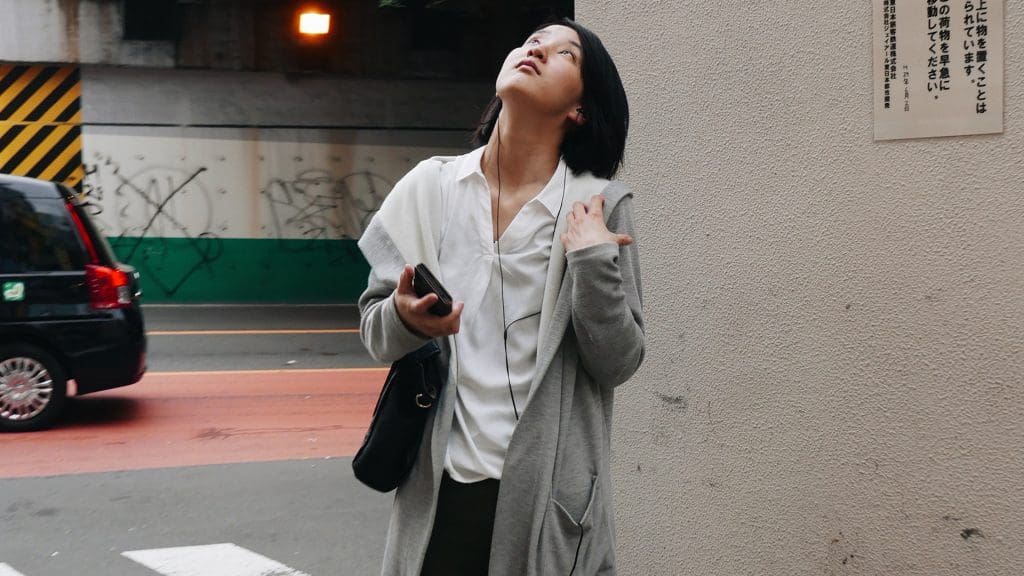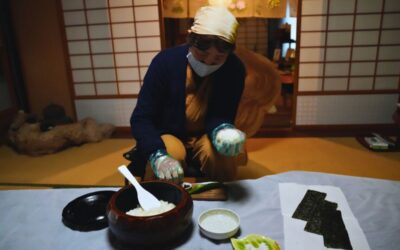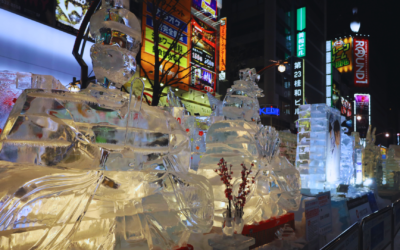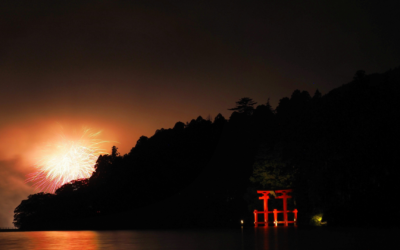Ditching the days of neon colours and vibrant palettes, modern Japanese fashion is gravitating towards a more minimalist approach. Embracing muted tones and streamlined silhouettes, the Japanese are eschewing the flamboyant Harajuku trend in favour of simplicity.
This new aesthetic champions colours that soothe the eyes and diverse shapes to cater to various body types. While pairing a plain shirt with simple trousers may seem straightforward, the nuances that elevate modern Japanese fashion to its stylish zenith are deceptively subtle.
Once you unravel the intricacies of this trend, you’ll effortlessly stay ahead in the fashion game while exuding an air of nonchalance.
Craving for more information about Japanese culture? Find out about kimono culture, Jikkyousha, the weeaboo culture, ninja, geisha, and samurai.
One of the best ways to explore Tokyo is to visit the local areas and immerse yourself in the local culture. If you want to explore local areas, we have created scavenger hunt adventures personalised to your interests, filled with fun facts, clues and puzzles. If you’re curious, you can check out the games here! Check out the Flip Japan Games here! |
Modern Japanese Fashion Vs Japanese Fashion Then
Japanese Fashion Then
Whether it was the Japanese neon city pop fashion style in the 80s or the bold style choices with the rise of gyaru fashion in the 90s, “soft” was not a word to describe modern Japanese fashion.
When retro games like the original Donkey Kong and Super Mario Brothers emerged in the 1980s with their bright colours and wild designs, Japan developed a penchant for vibrant aesthetics. It was a time of creativity as music and anime introduced new ideas, inspiring the youth.
In the 1980s, Japan embraced bright colours and wild designs evident in the games they produced (like Donkey Kong or Super Mario), in their music, and anime. It was an era of creativity, with pop culture products igniting fresh inspiration among the youth. This was reflected in fashion, as people began donning loud clothing to express their unique selves.

As the 1990s unfolded, fashion styles became even more diverse. Trends like ganguro (characterized by dark tans, contrasting bright make-up, and loud, almost gaudy clothes) gained popularity and spread beyond Japan due to their shock value. Harajuku fashion style also surged in popularity, with girls embracing shorter skirts, cuter colours, and overall adopting a more dynamic style.
Japanese Fashion Now
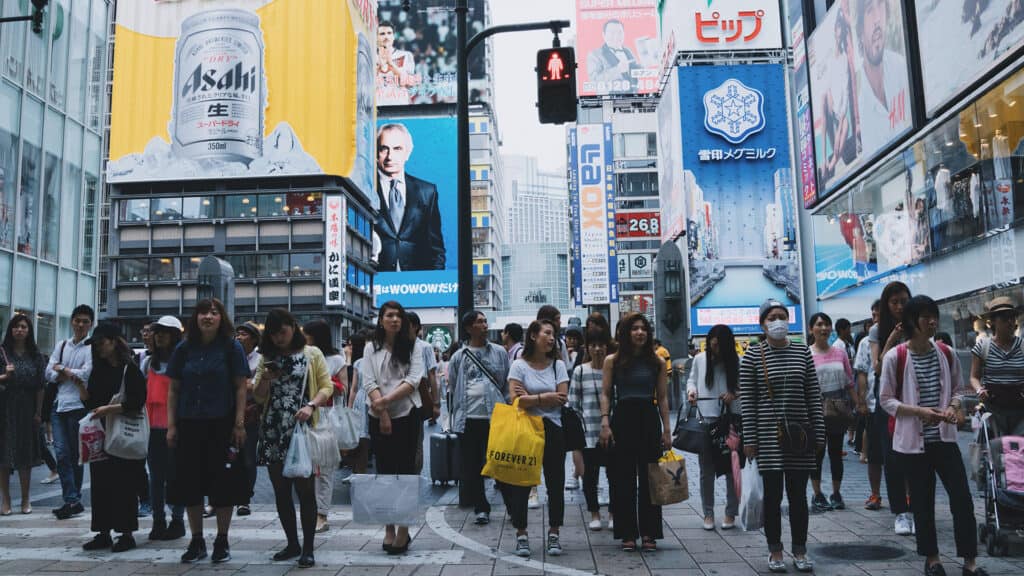
But now, the fashion trend has shifted from wild and fun to subtle and sophisticated. The fashion movement in Japan has undergone a complete transformation, with modern Japanese fashion enthusiasts now prioritising the ensemble as a whole rather than individual pieces. The emphasis lies on achieving the correct fit and coordination, as the Japanese meticulously consider how each piece complements another and the overall theme of the outfit.
Despite its simplicity, modern Japanese fashion is far from plain. Textures play a pivotal role in diversifying an outfit to prevent it from appearing mundane. This approach allows the pieces to maintain both their simplicity and style. Popular materials include textiles such as corduroy, leather, and silk, each offering a unique finish at just a glance.
Linen is also an incredibly popular material in Japan, favoured for its structured shape and breathable quality, ideal for the hot, humid days of Japan’s summers.
Typically, modern Japanese fashion embraces linen clothing in earthy colours, often featuring simple patterns like stripes or polka dots. These garments are favoured for work attire, offering a clean, subdued, and professional look without compromising on style.
Muted Tones
Japan adores muted colours. Unlike the past when bright colours dominated, the youth have embraced a palette that’s much gentler on the eyes. With a soft and relaxed aesthetic, it exudes a more mature image. Pastel tones, especially popular in spring, complement the blooming flowers beautifully.
While bright and loud fashion trends may come and go quickly (like the ganguro and gyaru mentioned before), minimalism remains a timeless and trendy style—another reason why it’s favoured in modern Japanese fashion.
Japanese fashionistas also have a penchant for styling outfits monochromatically. An all-white or all-black ensemble lends an individual a clean and put-together appearance. Though such outfits may comprise numerous pieces, they are unified in shades of black and white, creating a harmonious look. Layering these different shades adds dimension to the outfit, providing another focal point to catch the eye.
Rise in Casual Wear Designers
Everyone knows Uniqlo, the major retailing company founded in Japan but now with branches all over the world. Their minimalist designs essentially complement any outfit, and their clothes come in looser and boxier fits that flatter Asian bodies, so it’s no wonder why Uniqlo has become a staple in modern Japanese fashion.
This influence has extended to other retailers such as GU (a sister brand of Uniqlo) and COS (a sister brand of H&M). While both offer different fashion styles compared to Uniqlo, they still incorporate looser, more comfortable clothing akin to Uniqlo’s aesthetic.
GU (pronounced “jiyū”) offers a wider range of clothing catering to both children and adults. With their reasonable prices, GU stands out as the most affordable among the three brands. Like Uniqlo, GU offers basic pieces, but they also regularly introduce more standout clothing options.
Thanks to their affordability and trendy offerings, GU is particularly popular among students. It wouldn’t be an overstatement to say that many students have a closet full of GU apparel. Check out their website here.
On the other hand, COS provides higher-quality garments with modern designs aligned more closely with runway fashion. Similar to the previous two brands, COS includes basic pieces but features much more interesting shapes. You can discover asymmetrical designs and bolder colours in their collections. COS demonstrates that minimalism isn’t bland and can still be exciting by tweaking just a few aspects of each piece. Visit their website here.
The Rise of Minimalism in Modern Japanese Fashion

Japan boasts one of the major fashion capitals of the world, Tokyo, and continues to set trends in modern Japanese fashion. The minimalist trend, born here, is now expanding to other East Asian countries such as South Korea.
As more people begin to prioritise quality over everything else, there’s a growing preference for long-lasting and timeless clothes like minimalist pieces, rather than fleeting trends that quickly fall out of style.
Minimalist clothes offer versatility, allowing for a myriad of outfits with just a few pieces, which helps save space in the wardrobe. Additionally, their soft and understated nature enhances other aspects of one’s appearance, such as makeup, jewellery, skin tone, and body shape, rather than overshadowing them.
Adaptable, flexible, and stylish, the current minimalist trend shows no signs of being replaced by something new anytime soon.

